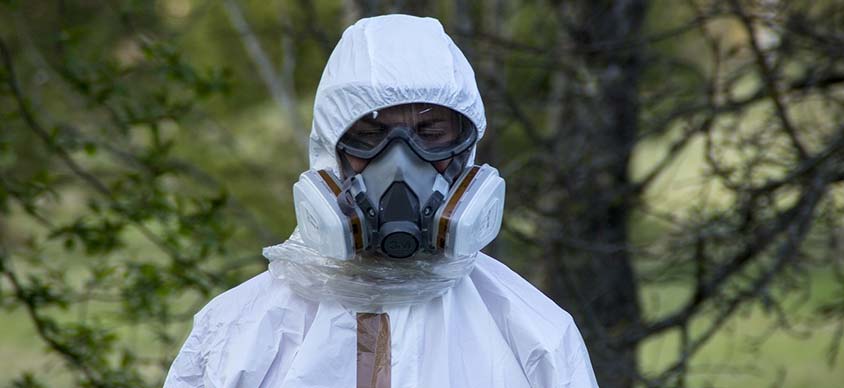hidden
We have many years of experience in the industry.

We have many years of experience in the industry.

Then please contact us, we would love to hear from and give any advice that you may need. The information you supply us will be kept in the strictest confidence and will not be passed on to any third parties
Read More
Asbestos is a naturally occurring mineral that was widely used in construction and manufacturing throughout the 20th century due to its durability, heat resistance, and insulating properties. However, its dangers became apparent when it was linked to serious health conditions, including mesothelioma, asbestosis, and lung cancer. Today, asbestos is heavily regulated and, in many cases, banned, but it still exists in millions of buildings worldwide, particularly those constructed before the late 1990s. If you’re planning renovations, demolitions, or other work on a property, understanding the importance of asbestos removal and why an asbestos survey is a crucial first step cannot be overstated.
Asbestos was used in a variety of building materials, such as:
These materials are common in buildings constructed before the 1990s. While asbestos-containing materials (ACMs) are safe if left undisturbed, any action that damages or disturbs them—such as drilling, cutting, or demolition—can release dangerous asbestos fibres into the air.
The danger of asbestos lies in its microscopic fibres, which can easily be inhaled when disturbed. These fibres become lodged in the lungs and can cause severe health problems over time. Common asbestos-related illnesses include:
These conditions can take decades to develop, which makes early detection and prevention critical.
Before undertaking any construction, renovation, or demolition work, it is essential to determine whether asbestos is present in your property. This is where an asbestos survey comes into play.
An asbestos survey is a detailed inspection conducted by qualified professionals to identify any ACMs in a building. The survey ensures that asbestos is managed safely and effectively, minimising health risks to workers and occupants. Here’s why it’s necessary:
In many countries, including the UK, laws mandate an asbestos survey before any construction or demolition work on buildings constructed before the late 1990s. Regulations such as the Control of Asbestos Regulations 2012 in the UK place a legal duty on property owners and employers to identify and manage asbestos risks.
An asbestos survey identifies where ACMs are located and assesses their condition. This knowledge prevents accidental disturbances during work, reducing the risk of asbestos exposure for workers and building occupants.
Identifying asbestos before starting work can save significant costs in the long run. Without a survey, unexpected asbestos discovery mid-project can lead to expensive delays and increased removal costs.
Knowing the location of asbestos allows for better planning of construction or renovation work. If removal is necessary, it can be scheduled and carried out safely, ensuring the project proceeds without interruptions.
For property owners, an asbestos survey provides confidence that their building is safe for renovation or occupation. It also reduces liability risks by ensuring compliance with safety regulations.
There are two main types of asbestos surveys, each suited to different circumstances:
Once an asbestos survey has identified the presence of ACMs, the next step is safe and professional removal. The asbestos removal process typically involves the following steps:
Attempting to remove asbestos yourself is highly dangerous and often illegal. Without proper training and equipment, DIY asbestos removal can release hazardous fibres into the air, putting you and others at risk. Professional asbestos removal companies have the expertise, tools, and certifications to handle asbestos safely and in compliance with regulations.
When selecting a company for asbestos surveys or removal, look for the following:
Asbestos removal is a critical process for ensuring the safety and health of building occupants and workers. However, the key to successful asbestos management lies in conducting a thorough asbestos survey before any work begins. This essential step not only ensures compliance with legal regulations but also minimises health risks and project disruptions.
If you’re planning renovations, refurbishments, or demolitions in a property that may contain asbestos, don’t take chances. Contact a professional asbestos survey and removal company to safeguard your health, meet legal obligations, and ensure peace of mind. Investing in proper asbestos management today is an investment in a safer, healthier tomorrow.